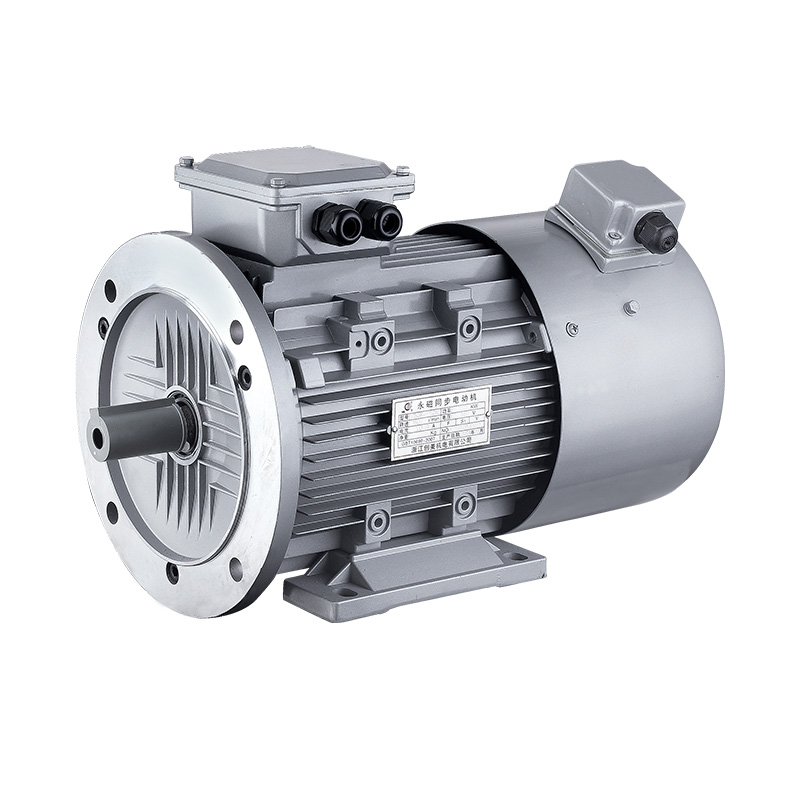The rapid advancement of motor technology in recent years has brought numerous innovations into the spotlight, and one of the prominent is the PMSM Electric Motor, short for Permanent Magnet Synchronous Electric Motor. Widely recognized for its efficient performance and compact design, this motor type has gained traction across a range of industries. From automotive to aerospace, renewable energy to robotics, the PMSM Electric Motor is reshaping how modern society powers devices, machinery, and transportation systems.

Industrial applications have long been the backbone of electric motor usage, and the PMSM Electric Motor has proven itself as a versatile and high-performing solution. Many manufacturers have adopted these motors due to their efficiency and precise control. With permanent magnets embedded in the rotor, the PMSM Electric Motor eliminates the need for external rotor excitation. This means fewer energy losses and increased reliability, characteristics that align well with the goals of modern automation and energy-conscious production systems.
The manufacturing sector in particular benefits from the PMSM Electric Motor through enhanced productivity. Robots using these motors can perform tasks with a high level of accuracy and repeatability, which is crucial for applications such as semiconductor fabrication or high-speed assembly lines. Because of its synchronous operation, the motor maintains consistent speed regardless of load variations, providing predictable and stable performance in precision manufacturing environments.
One of the transformative impacts of the PMSM Electric Motor has been seen in the automotive industry, especially within electric and hybrid vehicles. Many electric vehicle (EV) manufacturers have transitioned to this type of motor for propulsion systems because it offers a favorable balance of torque density, responsiveness, and efficiency.
The PMSM Electric Motor is particularly suitable for EV drivetrains because it allows vehicles to accelerate smoothly and operate quietly—two features that enhance the overall driving experience. In addition, the high torque output at low speeds contributes to better traction control and performance in city traffic. This ability to provide strong torque without requiring excessive current is key to extending battery life and increasing vehicle range, both of which are top priorities for EV designers and consumers alike.
Another major area of impact is the energy sector, particularly in renewable energy systems such as wind turbines and solar power facilities. The PMSM Electric Motor plays a vital role in applications that require efficient and reliable conversion between electrical and mechanical energy.
For example, in wind turbines, PMSM-based generators can convert the kinetic energy of wind into electricity more efficiently than some traditional generator types. The motor's high power density means more output in a smaller, lighter package, reducing the structural demands on turbine towers. Moreover, its capability to operate effectively at various wind speeds supports flexible energy harvesting, aligning well with the unpredictable nature of renewable resources.
In solar-powered systems, PMSM Electric Motors are often used in tracking systems that adjust the angle of solar panels to maximize sunlight exposure. With precise movement and minimal energy consumption, these motors contribute to improved energy yield and system longevity.